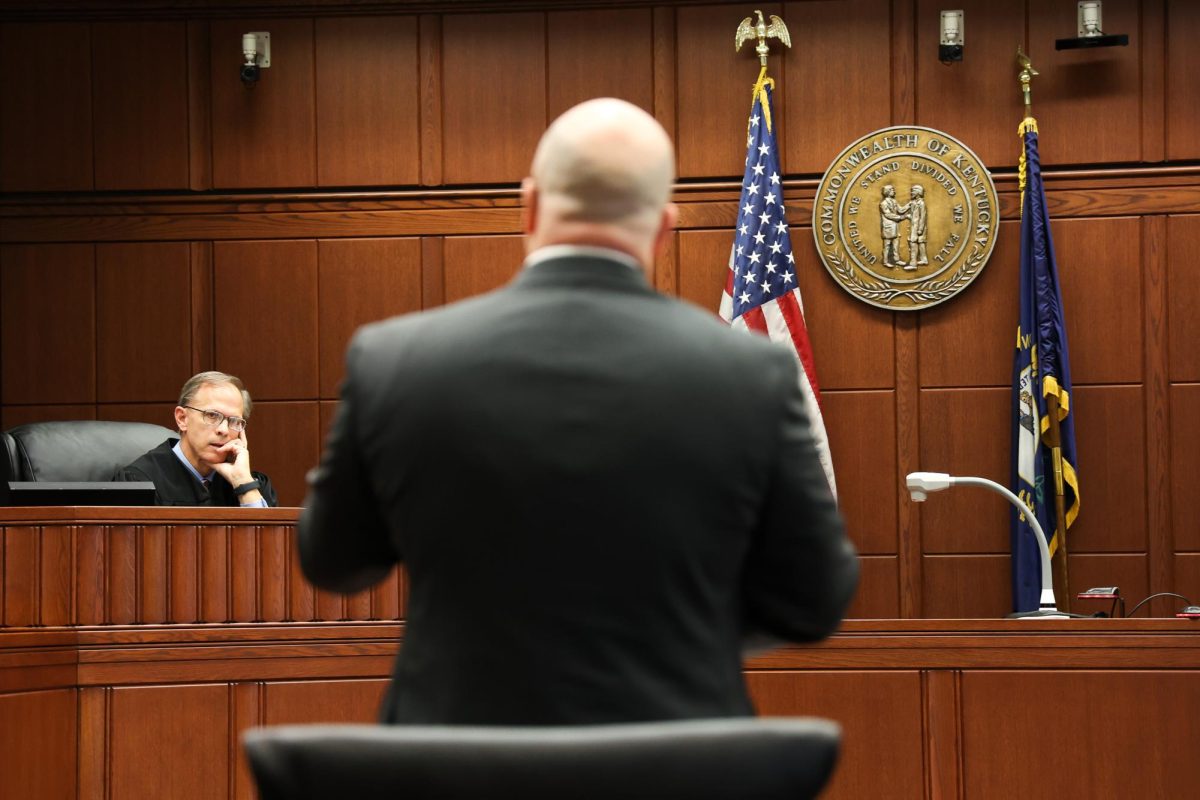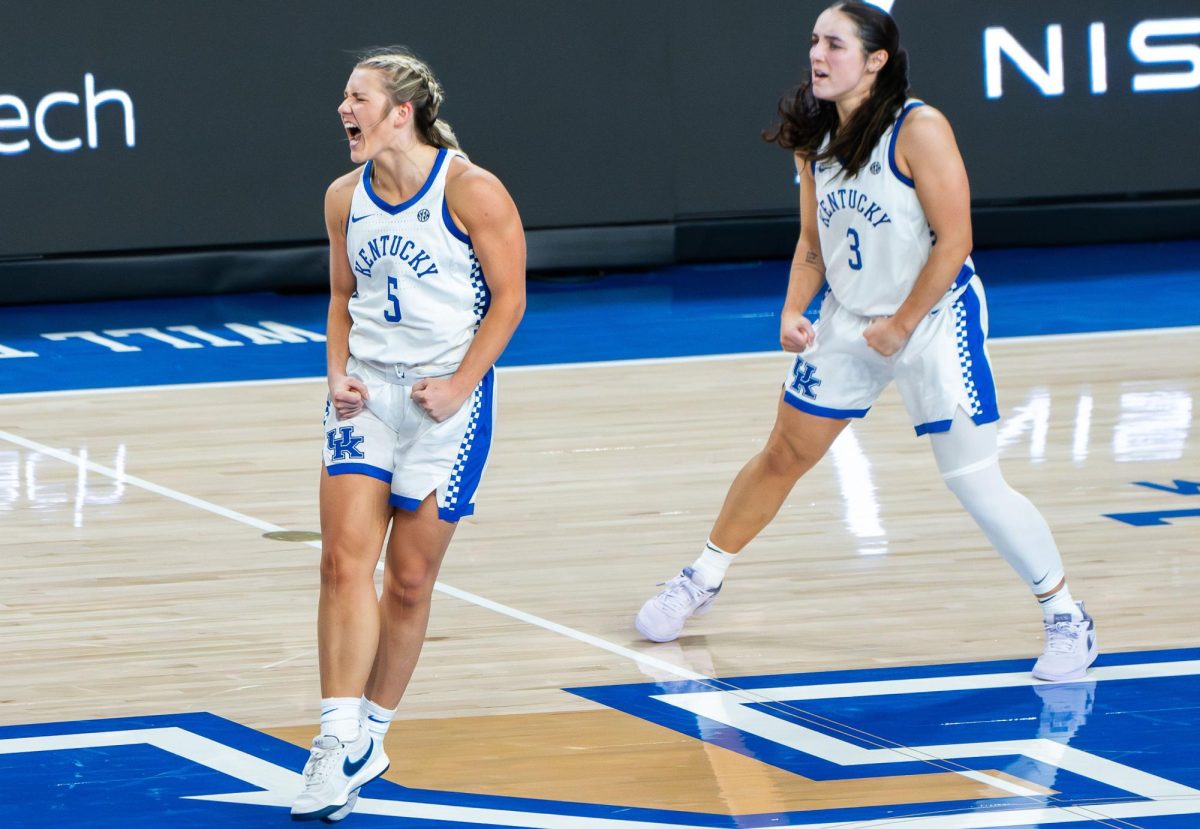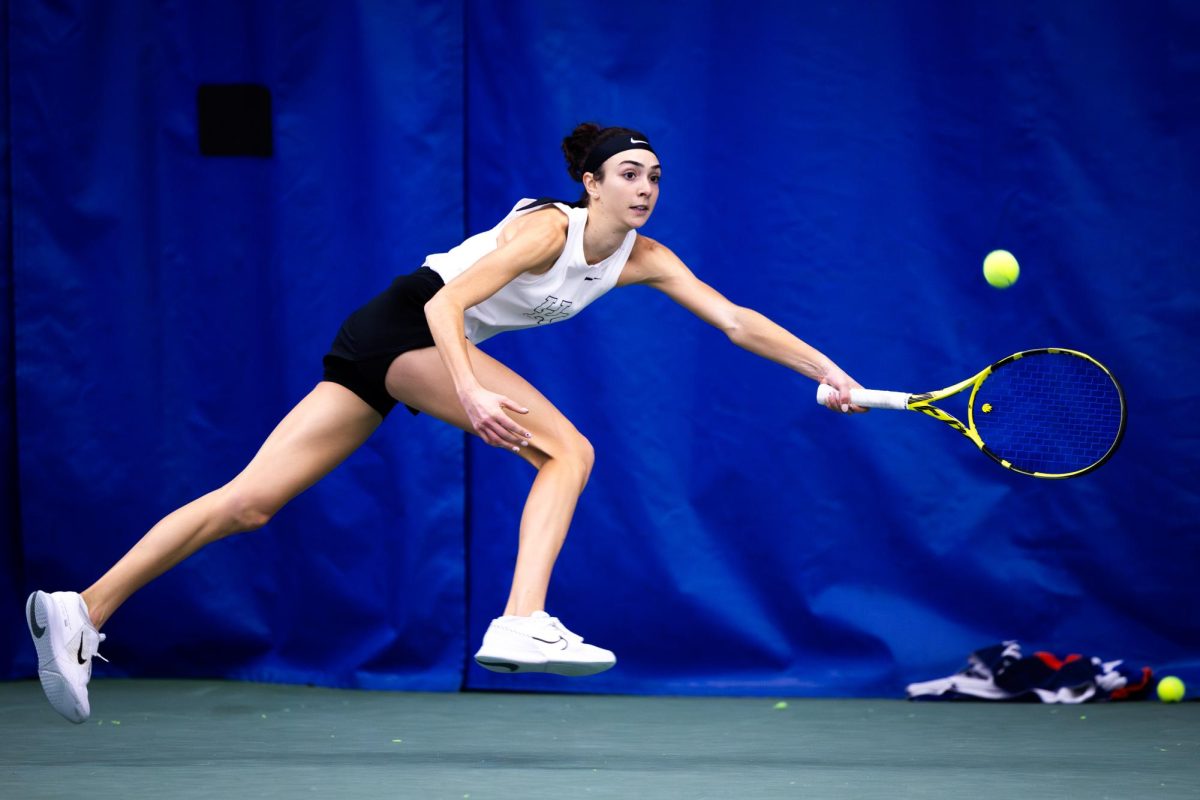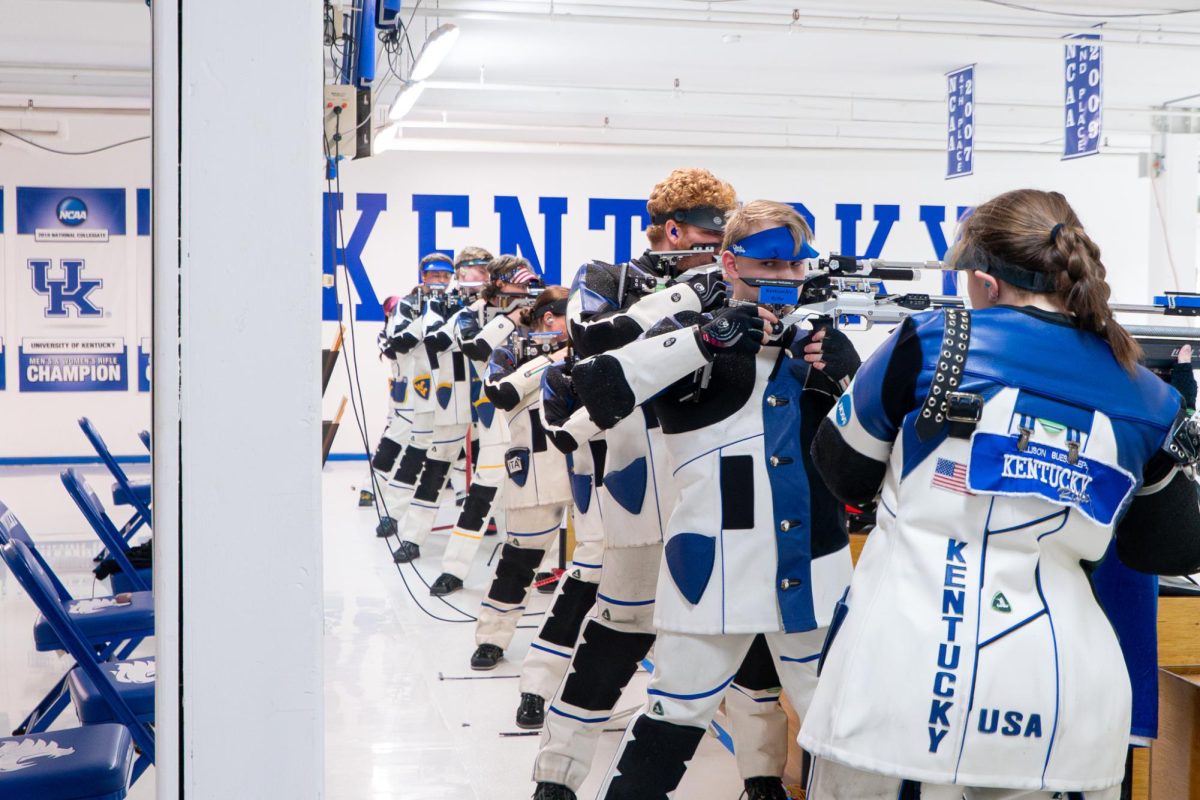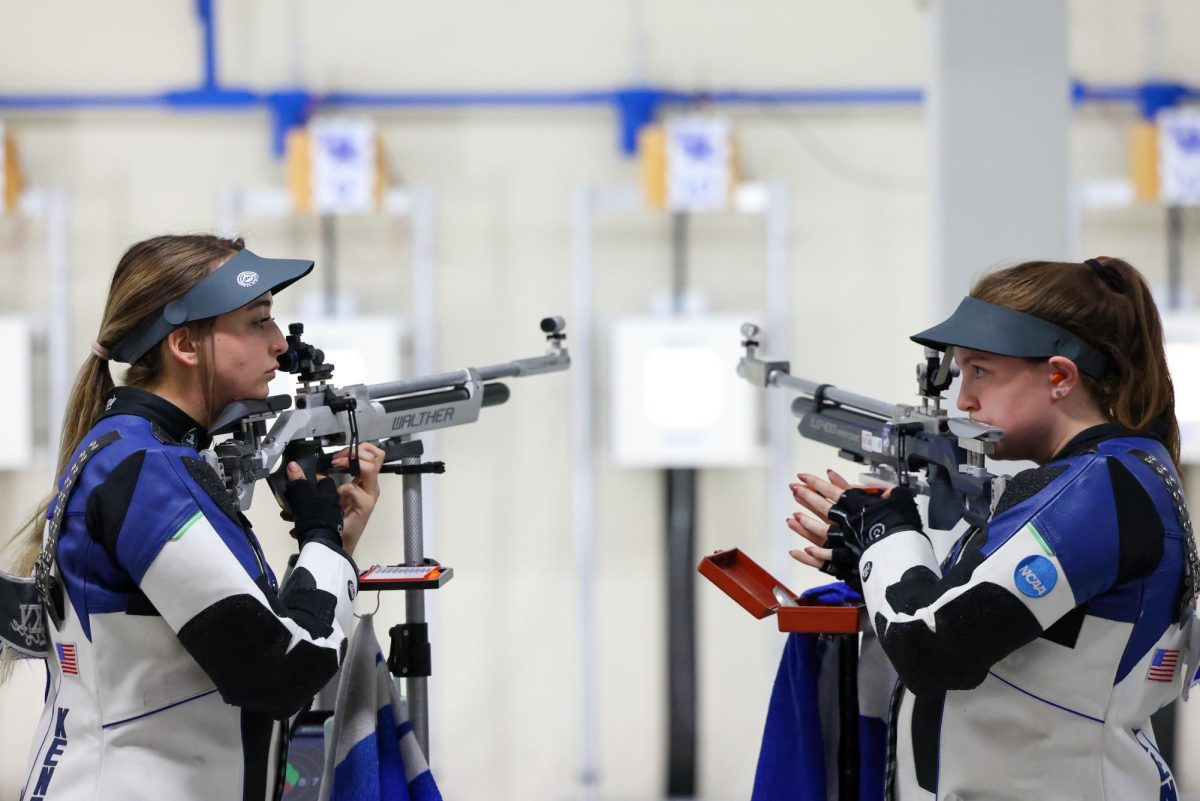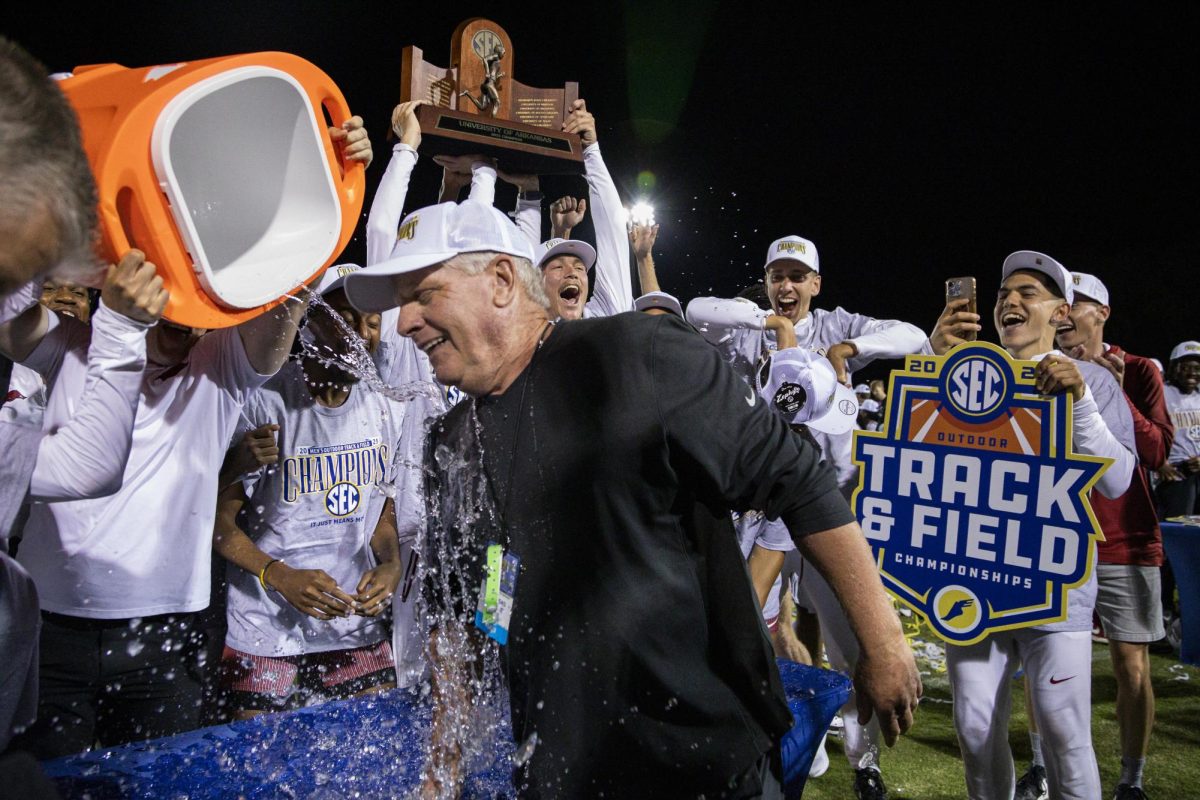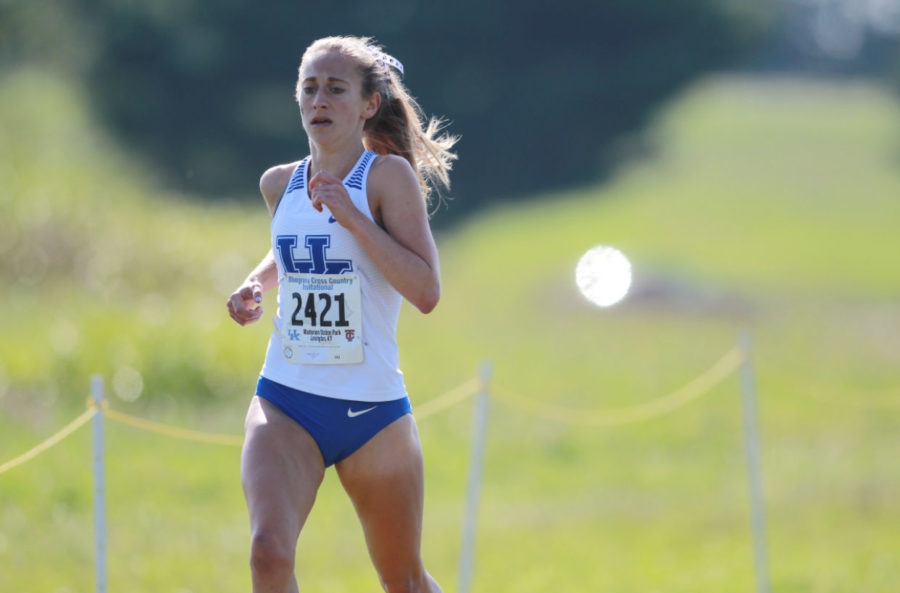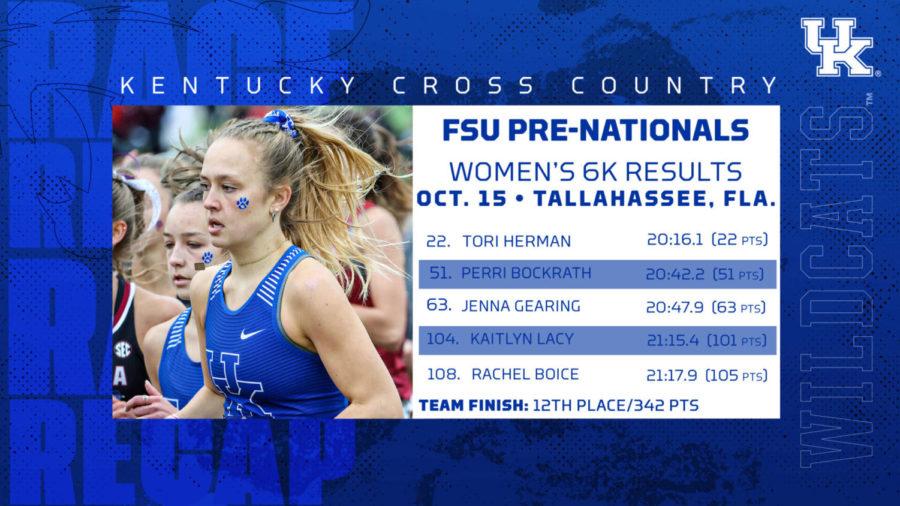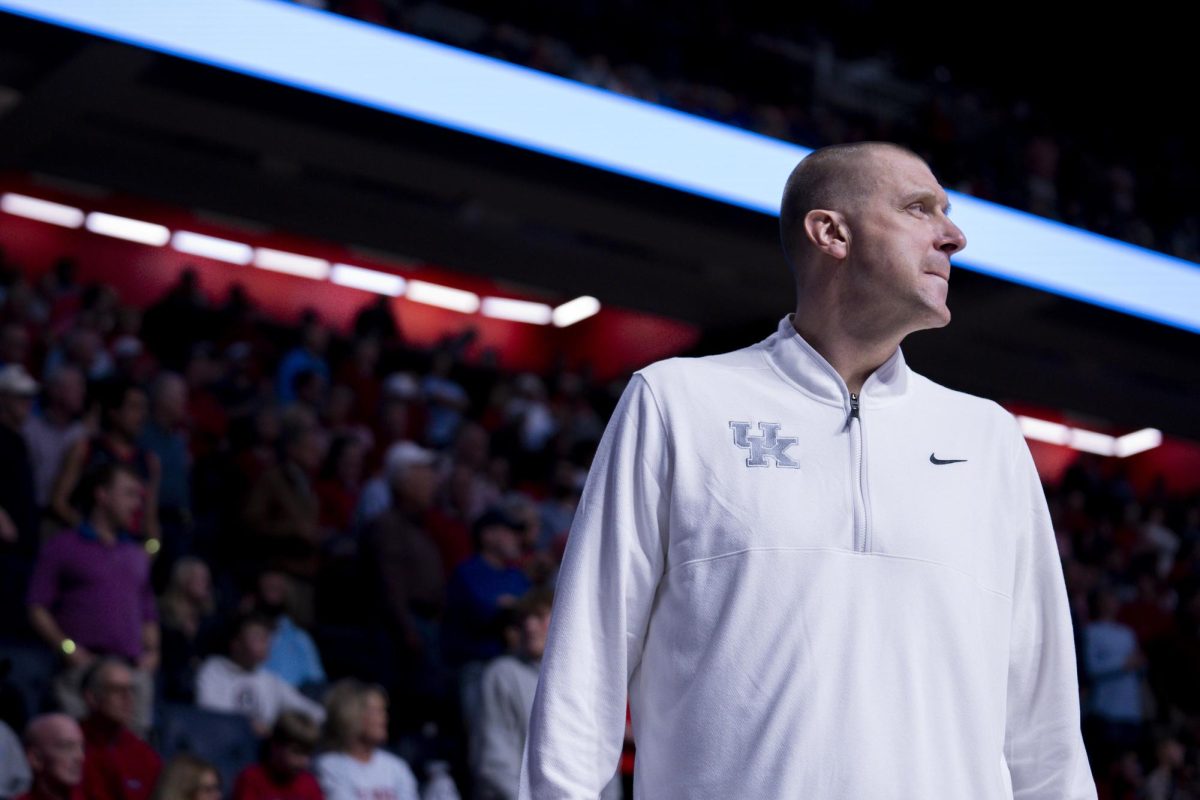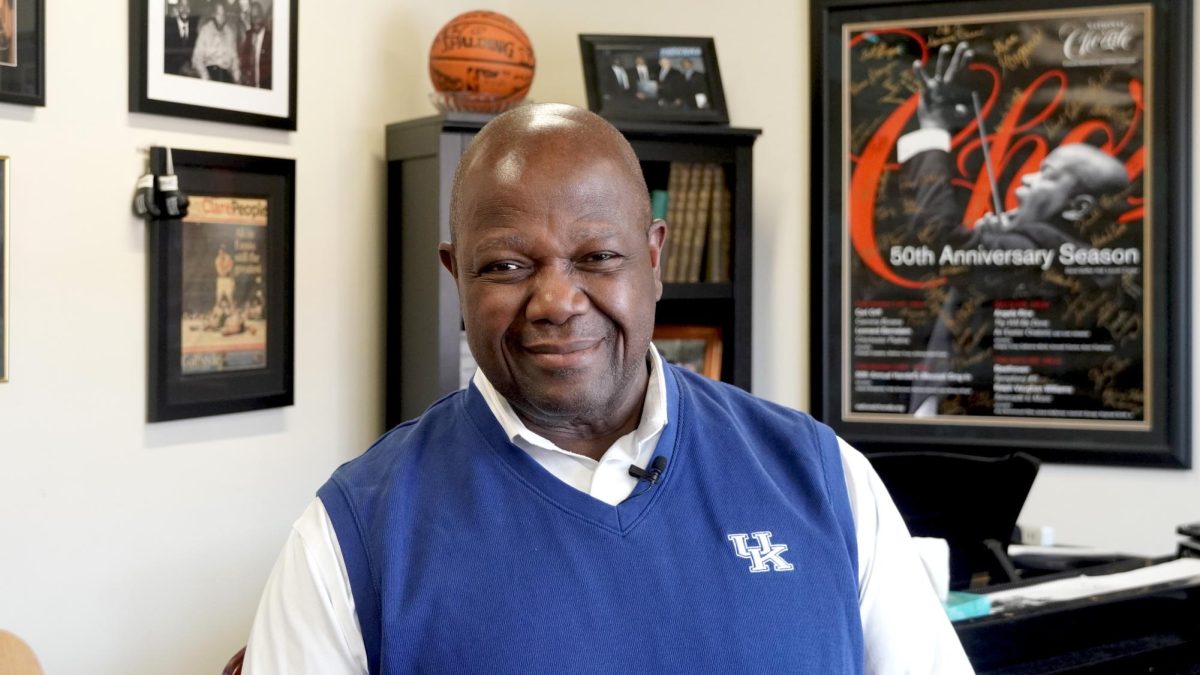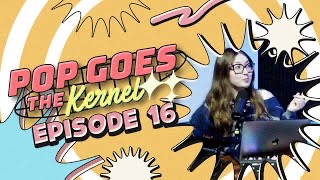Classes explore UK Island, use digital world for research
January 29, 2008
After leaving the W.T. Young Library, a student could make a quick trip back to Paris in 1900 or conduct theoretical fieldwork among millions of virtual characters across the world using UK’s recent purchase, a virtual island in Second Life.
Second Life, which began in 2003, allows people to create a virtual life by buying property, building landscapes and structures, and inventing a character to explore the virtual world and what other people have put into it.
“Research shows students learn better through play,†said political science professor Christopher Rice, who is using the virtual world this semester in his PS 545 American Political Thought class. “If we can start using this as a teaching tool in our classrooms, we’re likely to see a major improvement.â€
Second Life is not just for programmers and gamers; it has tremendous potential as a teaching and research platform, Rice said.
Purchased in late November, UK Island is a virtual simulation of different aspects of the university’s real-life campus, including a virtual mini Student Center with couches where students’ characters gather for meetings. The island also has a W.T. Young Library with resources available, identical simulations of signs around campus and cat paws paved along the sidewalks between campus buildings.
“We tried to put in elements of UK,†Rice said. “We wanted the feel of UK, but we’re not trying to replicate the campus.â€
Students in Rice’s class are creating virtual characters called avatars to explore the world of Second Life and observe environments other people are building. They can examine examples of their theoretical knowledge in the “field,†or the rest of the virtual world, Rice said.
The university wanted to offer students cutting-edge education and a new way to interact with an international population, Rice said, which made the investment worth the price.
Islands in Second Life normally cost $1,675 with a $295 monthly maintenance fee, but academic institutions can buy land at a 50 percent discount. UK’s Office of Undergraduate Education spent about $837.50 to get the island started and is spending about $147.50 monthly to keep it up.
Randolph Hollingsworth, assistant provost for integrated academic services, helped get Second Life up and running at UK by recruiting interested faculty and helping set up policies for the environment. She said she is excited about the potential it has at UK.
“(Second Life) is different from other game worlds because it relies on everyone creating its content,†Hollingsworth said. “It’s up to UK students and faculty to decide how this island is going to be used.â€
Hollingsworth and Beth Kraemer in UK Libraries will use Second Life as part of a Freshman Discovery Seminar in the fall, and Hollingsworth said she is looking for students interested in taking an active role in representing UK in its international Second Life community, either by offering events, serving as mentors for other UK students or holding their organizational meetings on the island.
UK Libraries took the “gargantuan first steps†in placing a virtual W.T. Young Library on the island. The virtual library offers resources to students, faculty and visitors, Hollingsworth said in an e-mail to faculty. The Teaching and Academic Support Center is taking the administrative lead and handling master planning and policy building on the island.
Political science senior Chris Settles created his avatar, a hillbilly marksman, for Rice’s class and has explored UK’s island along with other areas on the grid.
“Time has changed, the classic ‘giving a lecture’ only goes so far with students who are so technologically advanced,†he said.
Settles said it will take time for Second Life to really “explode†on campus.
“For one thing, the professors will have to back it,†he said. “We have professors who still don’t know how to use PowerPoint. Eventually as we get more professors that are young and technologically savvy, it’s going to catch on.â€
UK Island in Second Life is governed by rules of UK’s actual campus and is considered a “safe place,†Rice said.
UK Island’s “big six,†or activities that could result in suspension or expulsion from the virtual world are intolerance, harassment, assault, disclosure of personal information, indecency and disturbing the peace.
“You won’t see too much that’s bizarre (on UK’s Island),†Rice said. “However, if you wander off the island, you may encounter some wonderfully bizarre things.â€
Throughout the course, his students are required to go “off the grid†and explore other parts of the virtual world, which may include some less educational subjects, he said.
Simulations exist where people are recreating Paris of 1900 or New York City of the 1980s, Rice said. There are also “red light†districts with strippers, simulated sex clubs, all night raves, massive art installations and concerts by Kiss tribute bands.
For those new to the virtual world, Rice suggested setting their home button to the UK Island when they join.
“This will serve as an easy escape if you come across anything you may be uncomfortable with; just click the home button, and you’re back and safe on UK Island,†said Rice, who plans to review places for his students before they go out and explore them.
The virtual world investment is just another step in the right direction to keep UK up to date with new technology and on the right path to its goal of becoming a top-20 school, Rice said. Corporations all over the world use the educational tool to hold international meetings for their companies in the virtual meeting space, he said.
More information on Second Life, including how to join, is available at its Web site (www.secondlife.com).
























